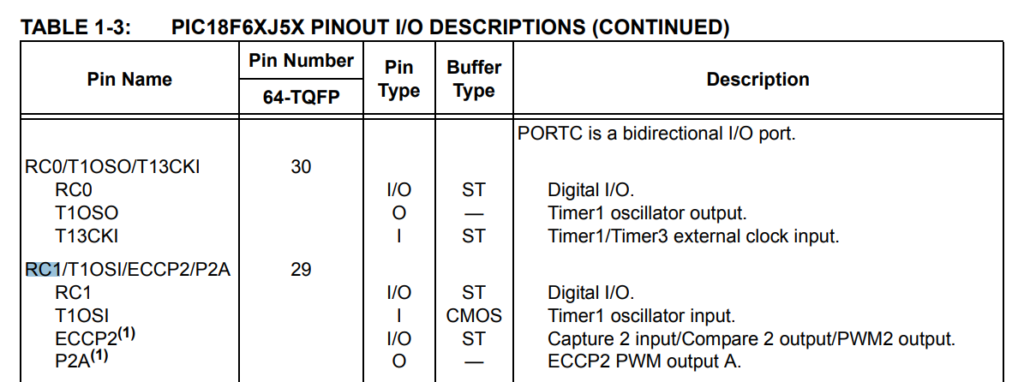I work with a lot of expensive test equipment that relies on PCI bus, such as Acqiris digitizers and Agilent logic analyzers. They can work in computers as modern as Windows 10 and LGA1700 processors if you play your cards right (pun intended). There’s no reason to pay 10 times more to buy a PCIe card when a PCI card will do the job.
Contact me at Humgar LLC and I’ll help you figure it out if you plan to buy test instruments from me that requires PCI support, or pay for short consulting services to have me figure out the rough edges for you.
LGA1700 (12th~13th Generation Intel CPU)
- Asus H610M-CT D4-CSM (1 PCI slot, microATX)
- AAEON ATX-Q670A (3 PCI slots, Full ATX)
- Advantech AIMB-788 (2 PCI slots, Full ATX)
- Advantech AIMB 708 (4 PCI slots, Full ATX)
I also have other solutions such as using a short PCI bridge interface to drag your PCIe card out to take advantage of the unused extra space in the chassis, but these are subjected to testing and verification because every situation is different.
Nonetheless, hardware for accommodating PCI are chump change compared to the difference in costs buying a new card if you are talking about high end Ghz or 12~16-bit cards. Tell me your scenario and I’ll suggest whether you are better off buying a new PCIe card or adapting your computer/chassis to use PCI cards which are much bigger bang for the buck because of people’s irrational fear on compatibility.
![]()
